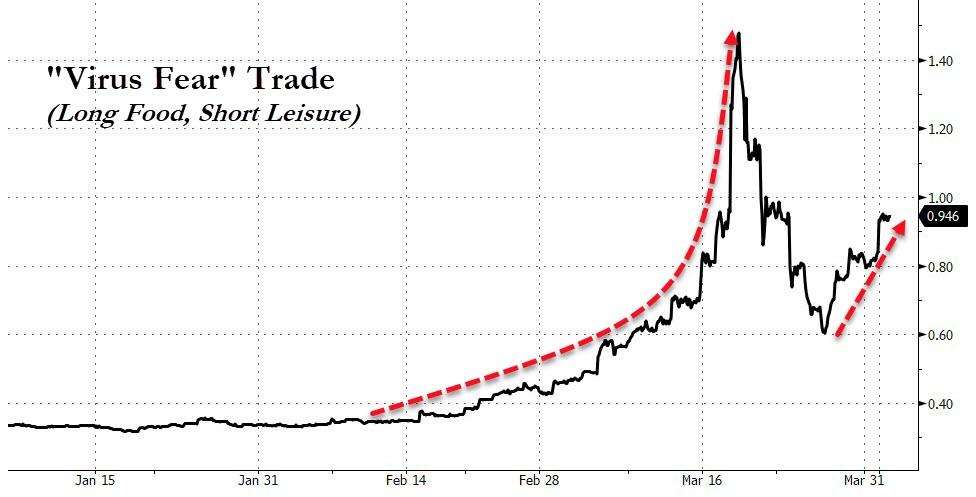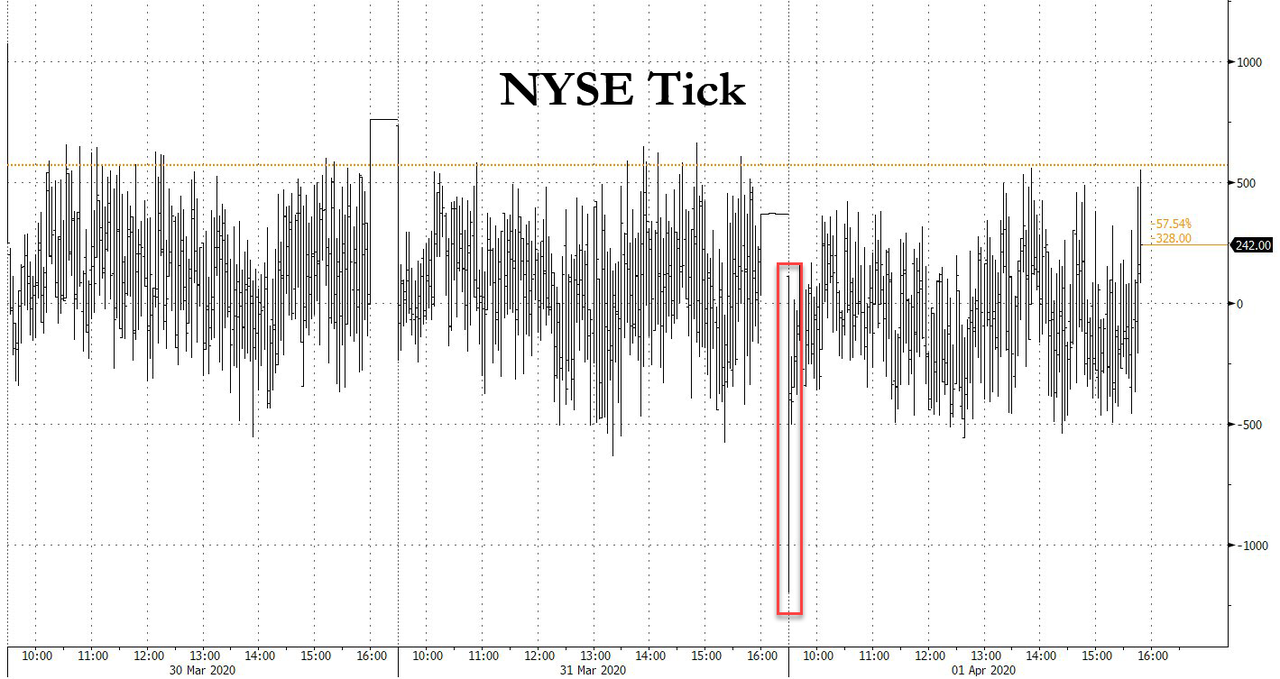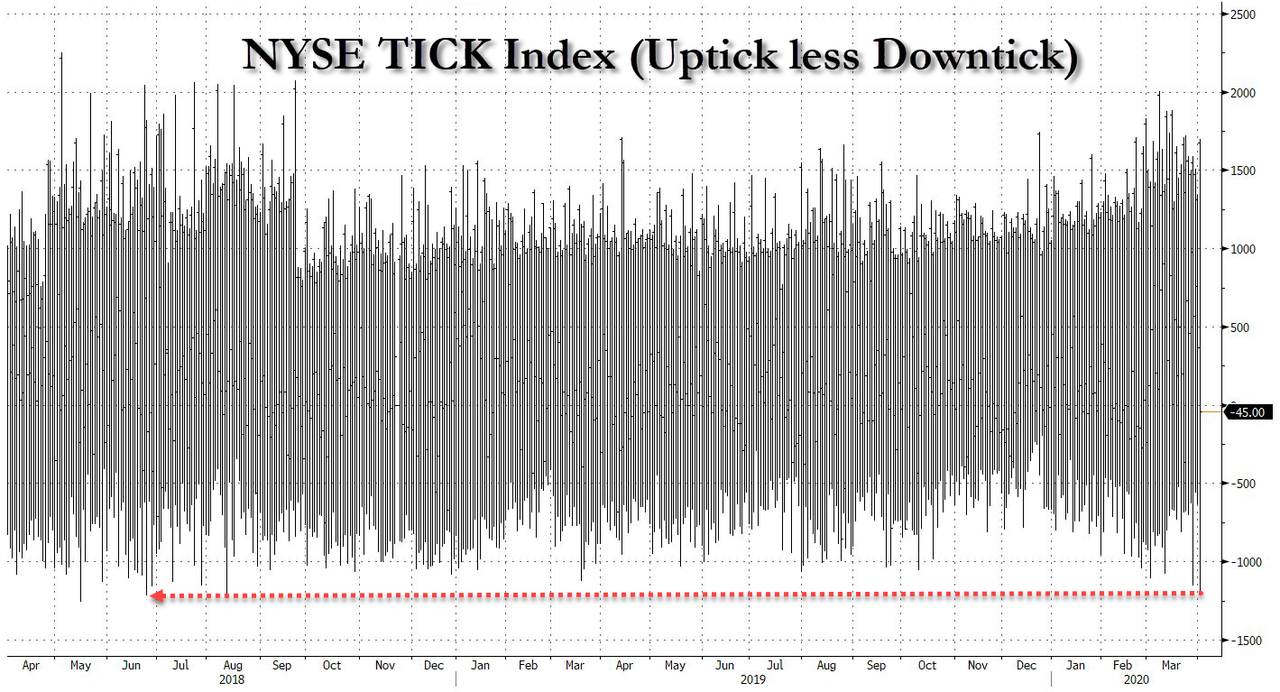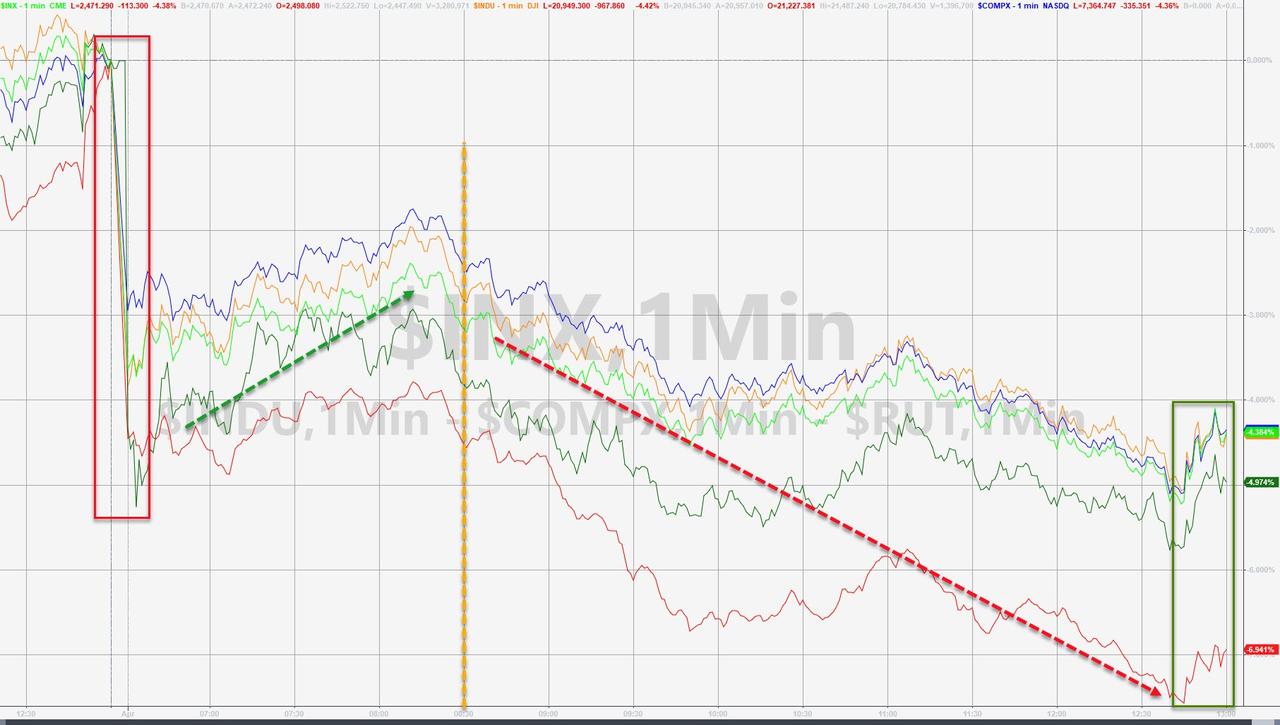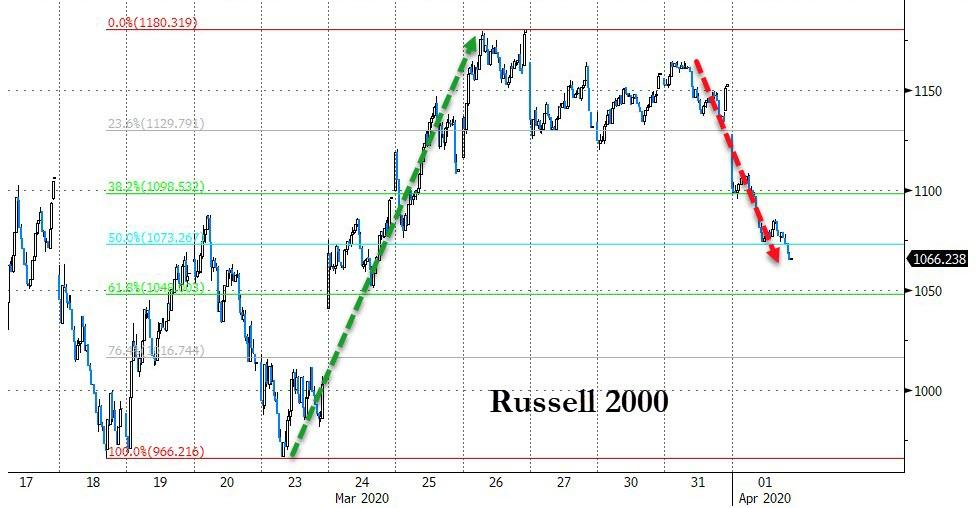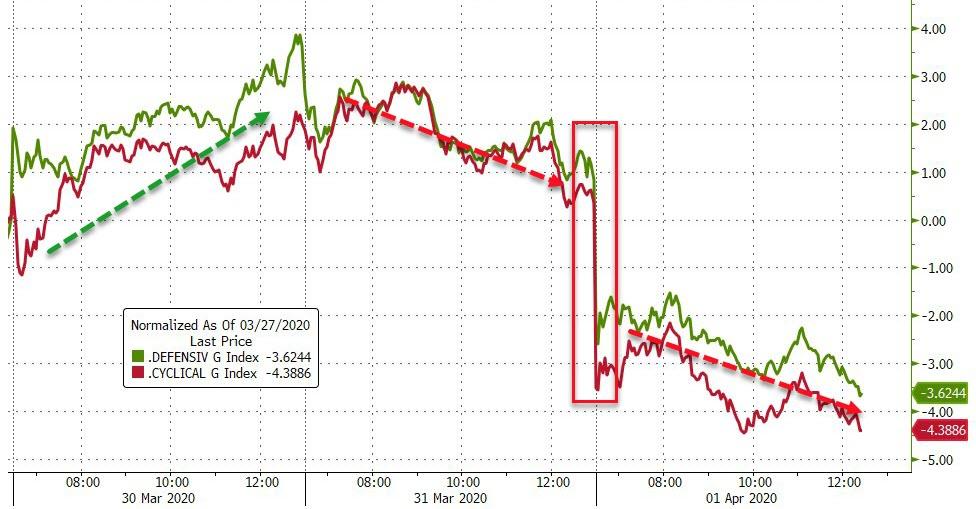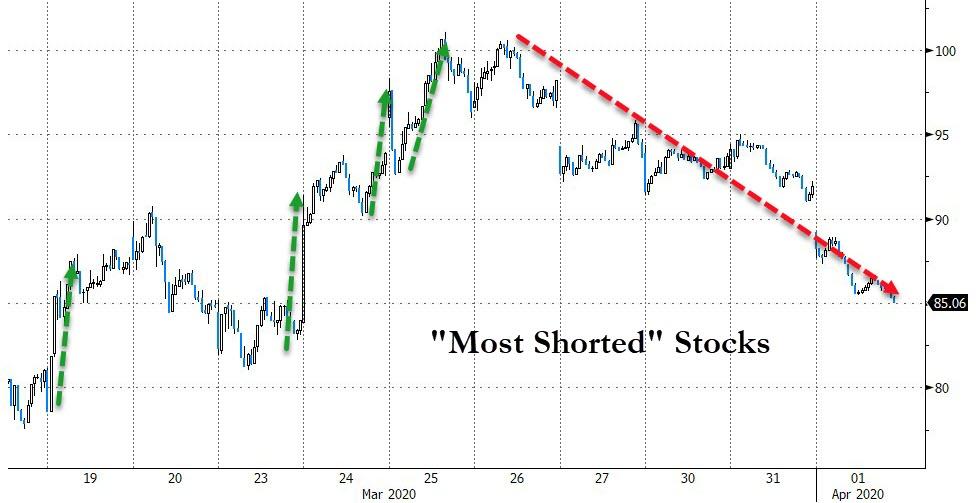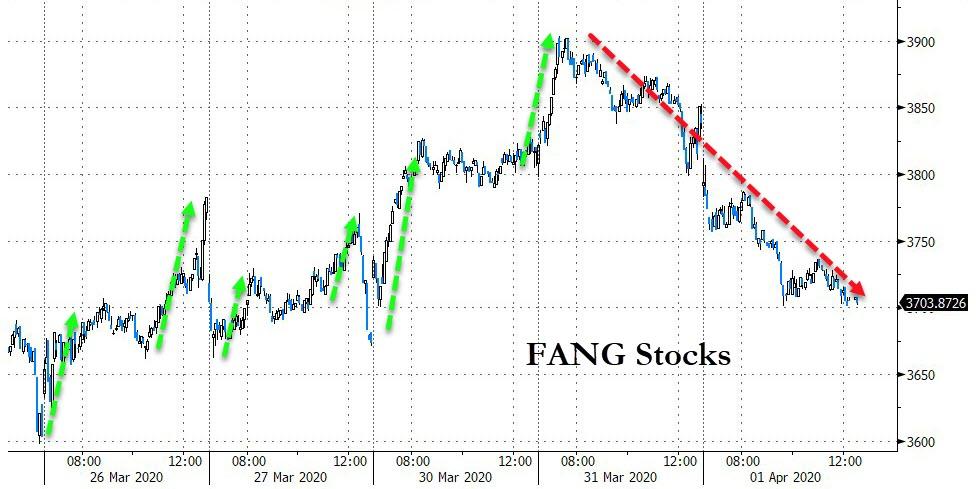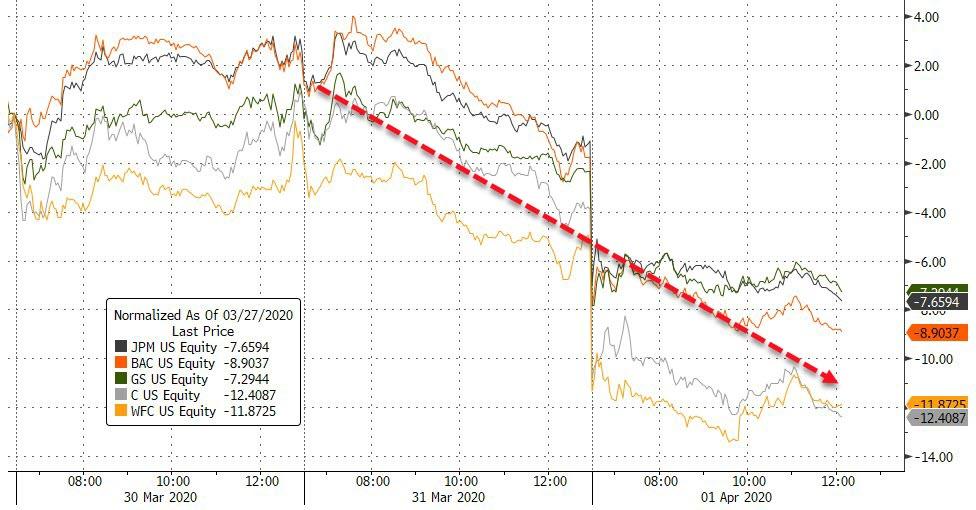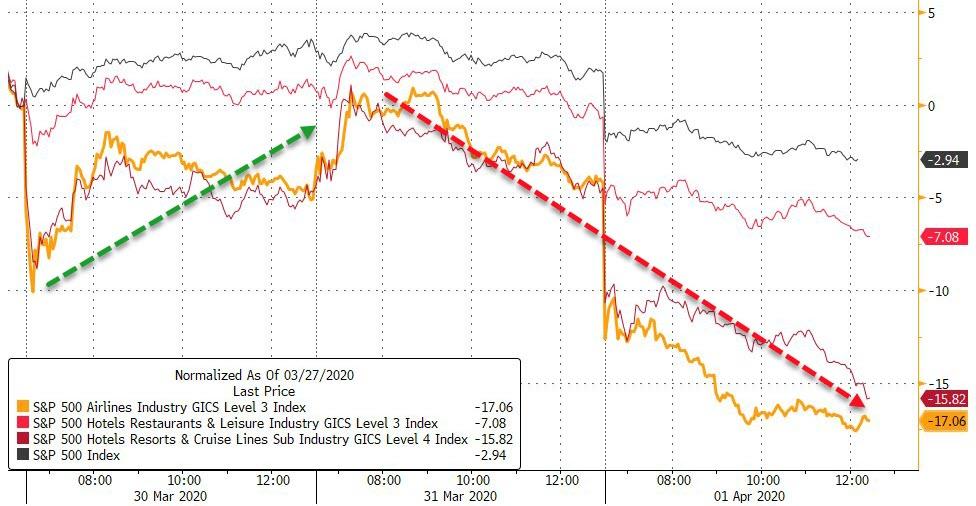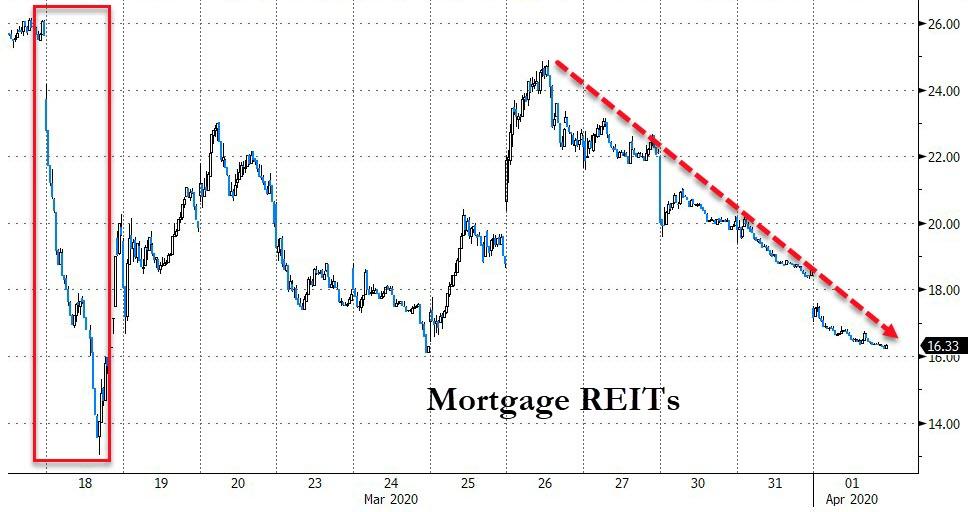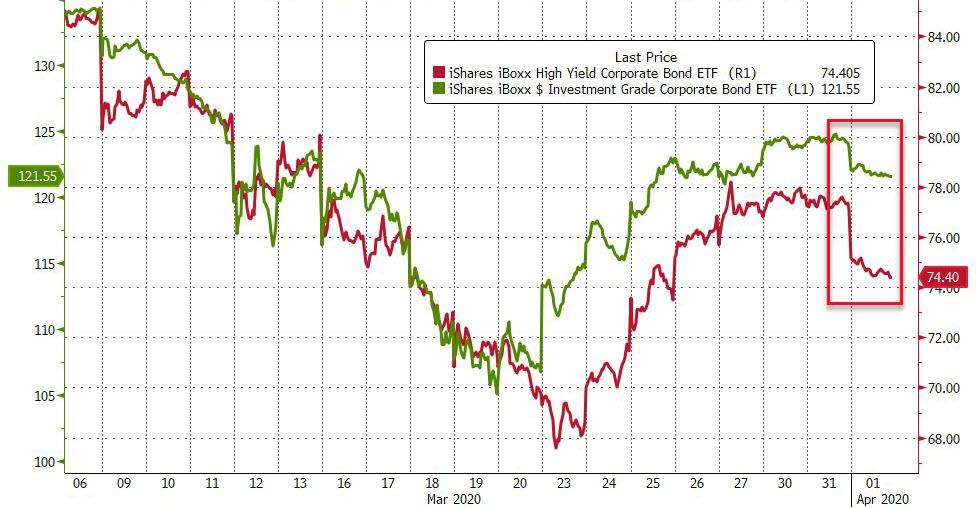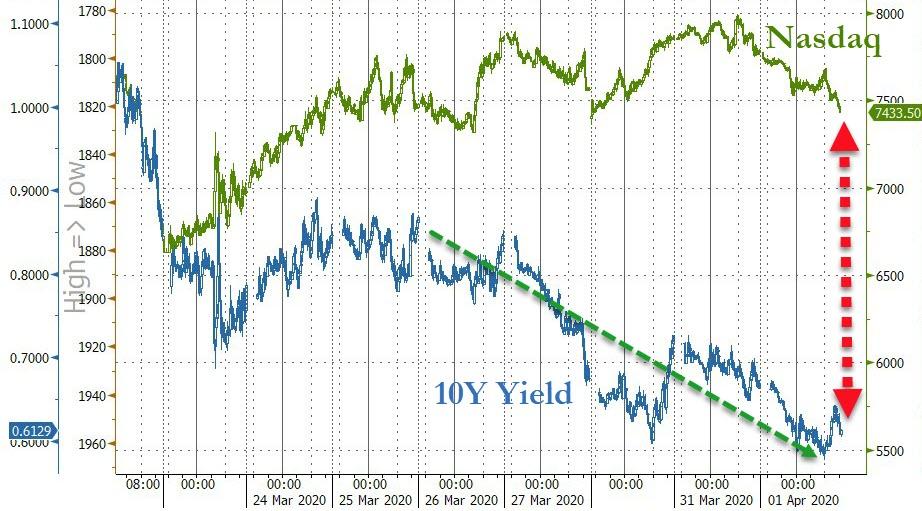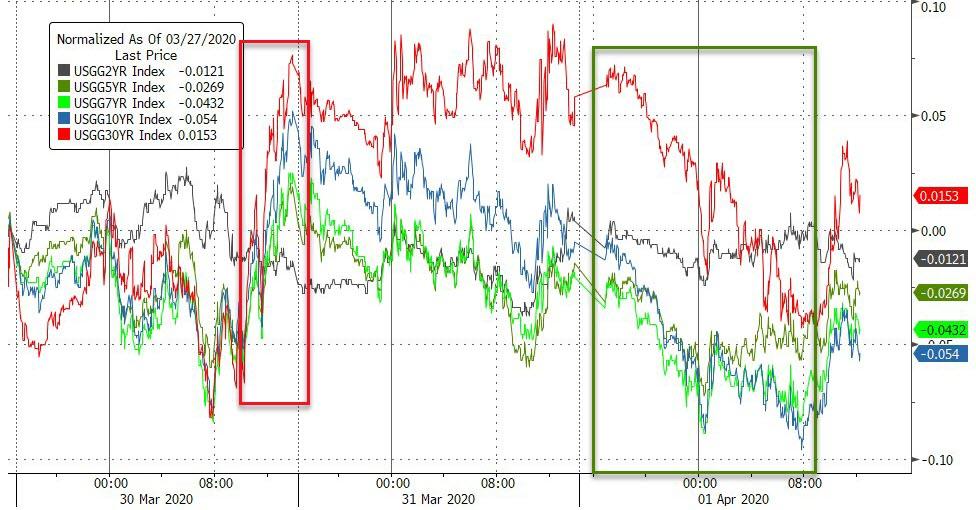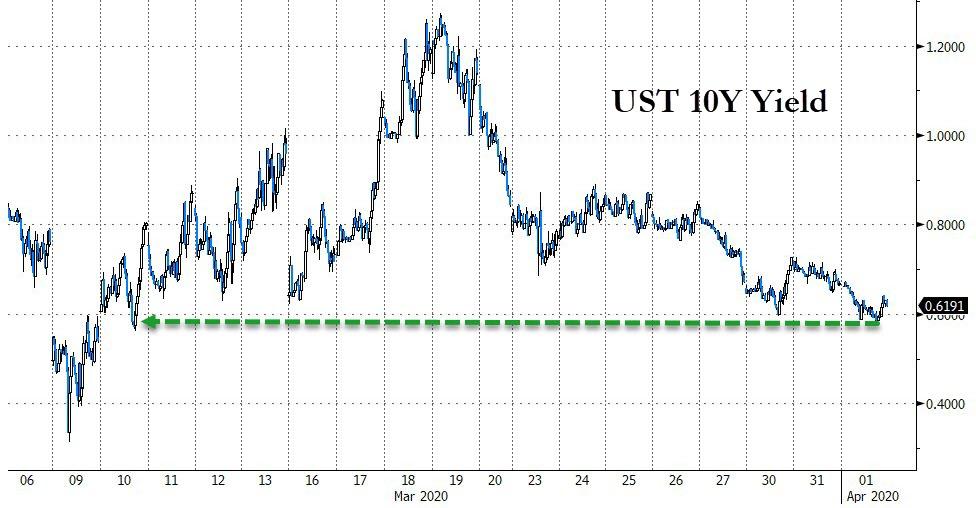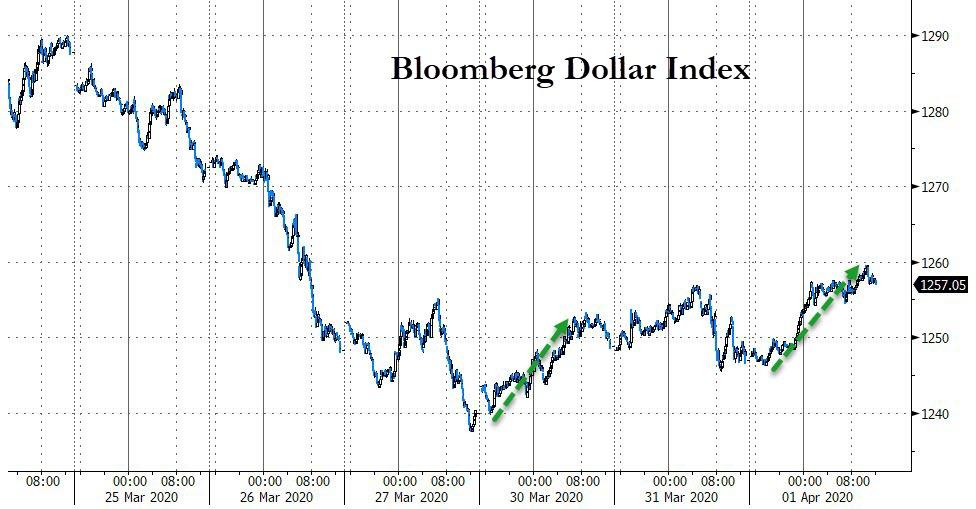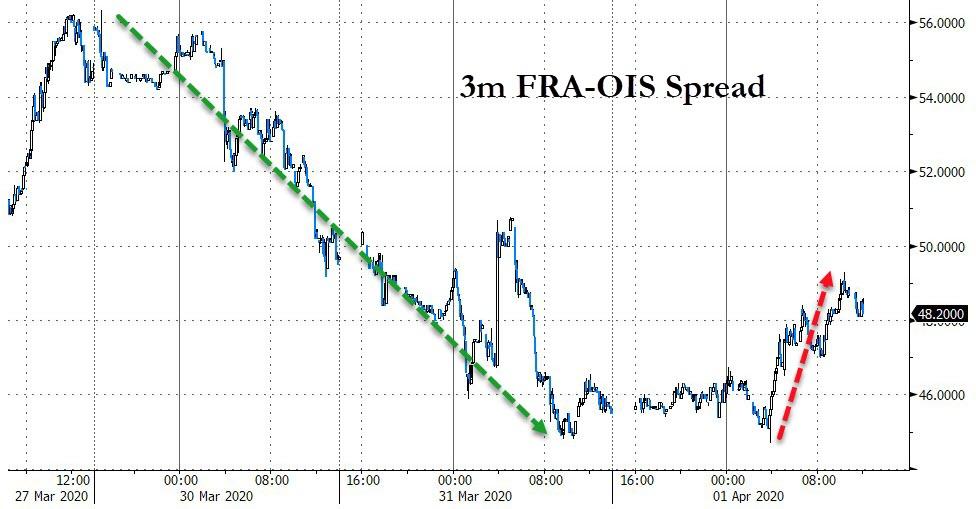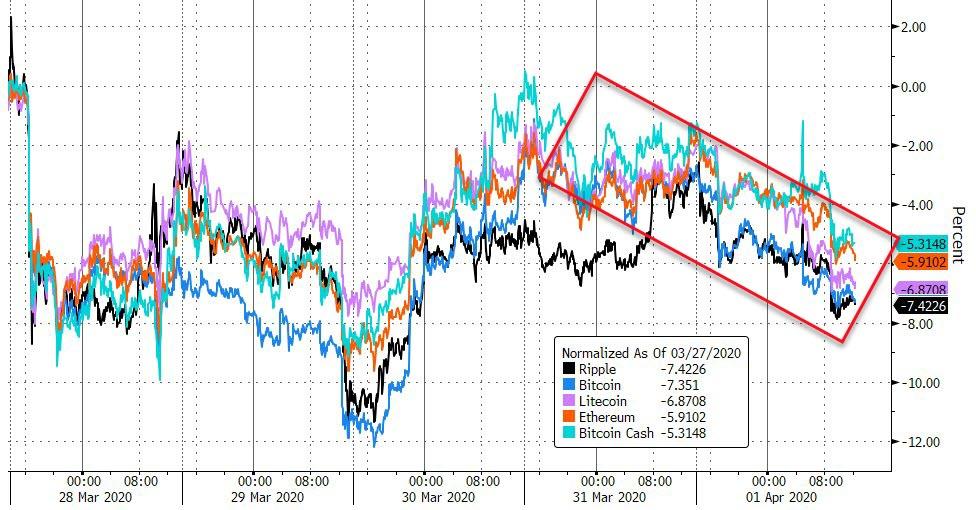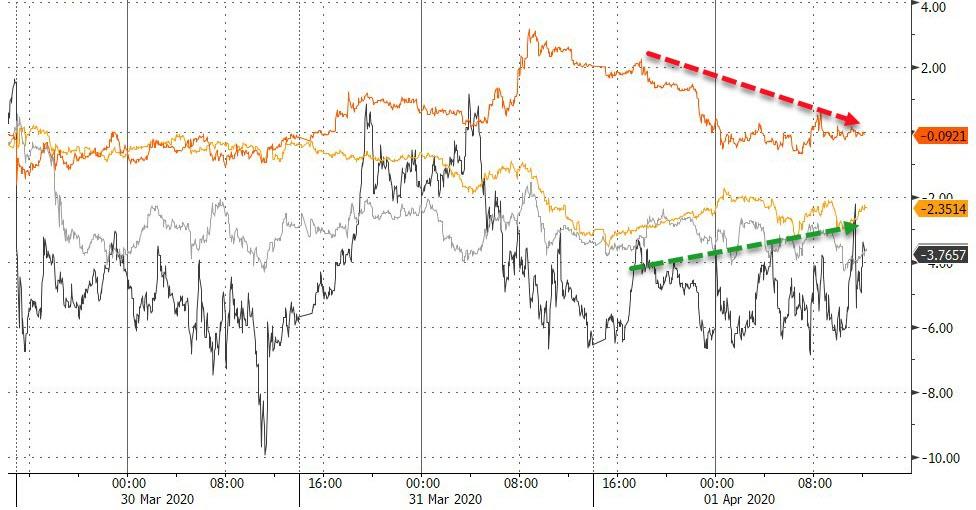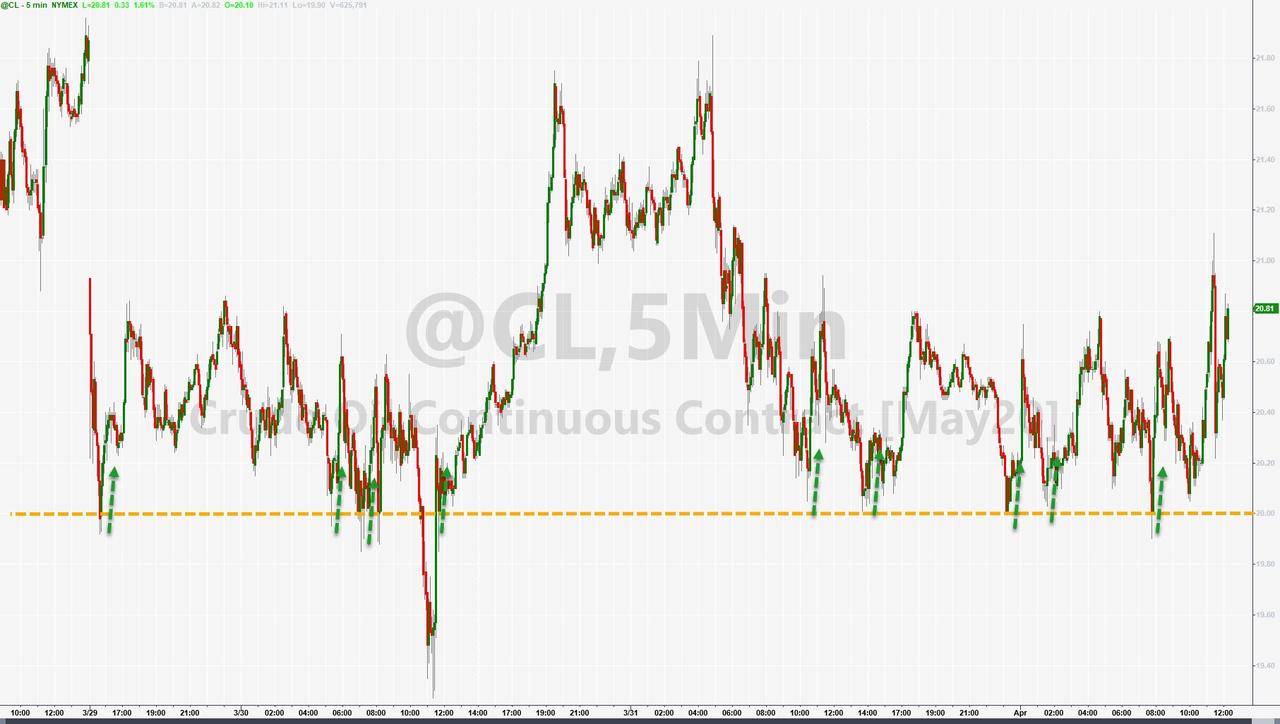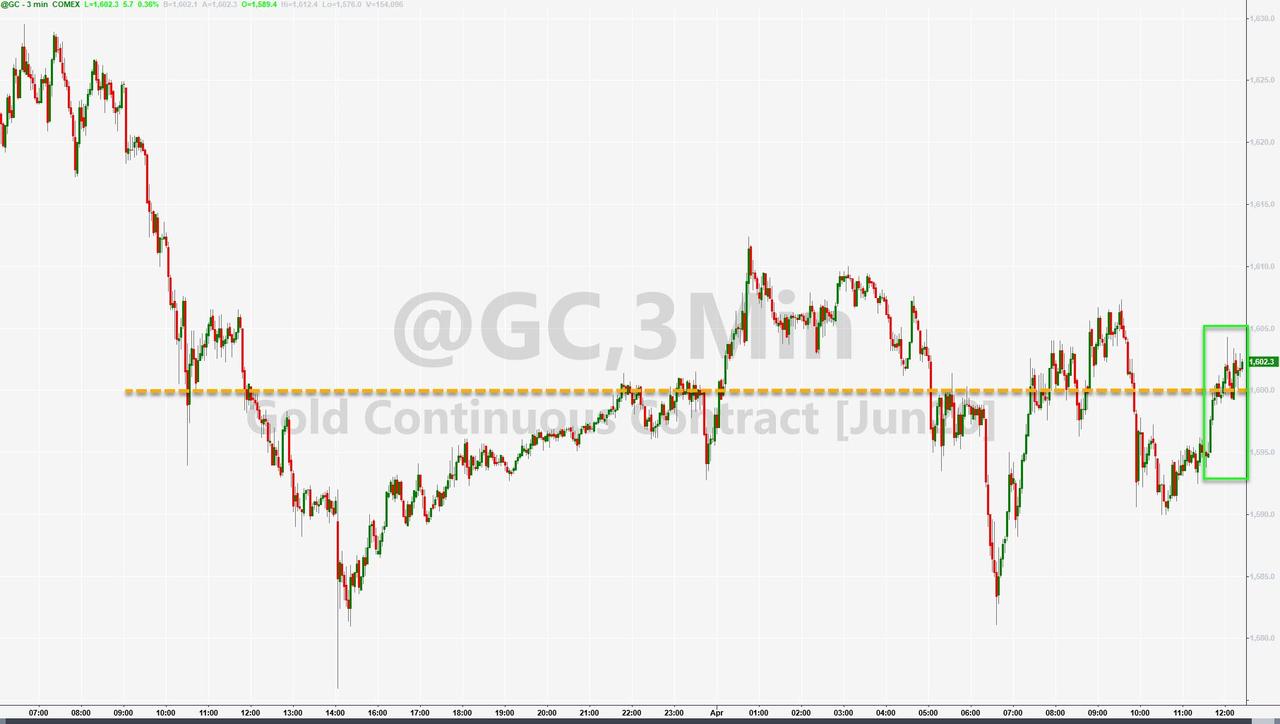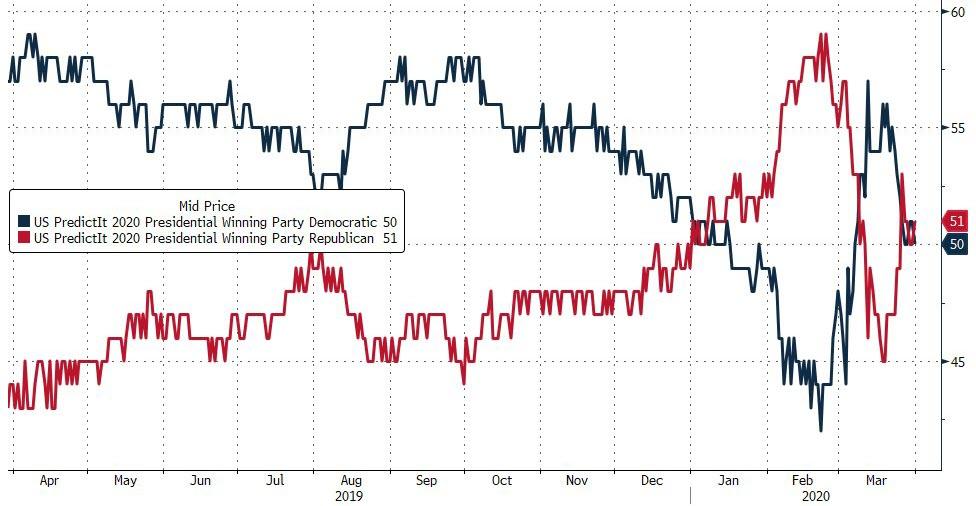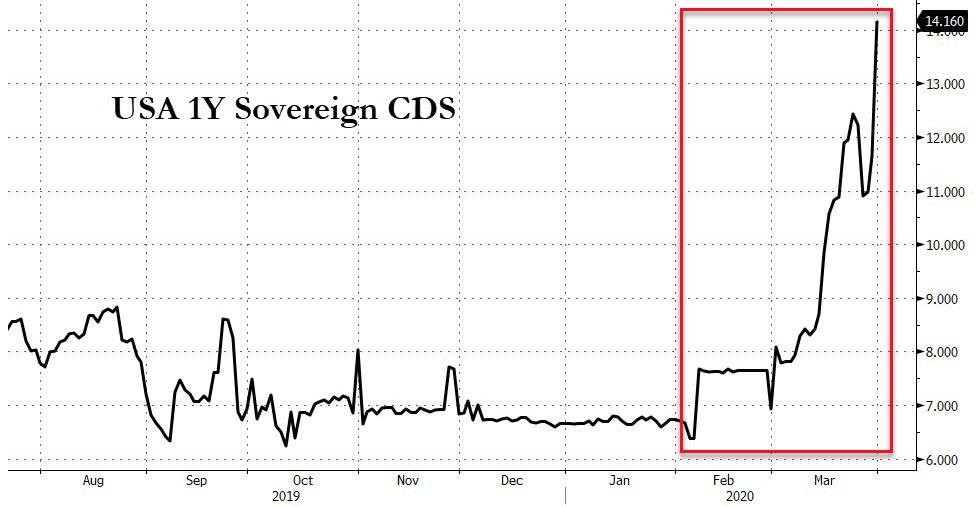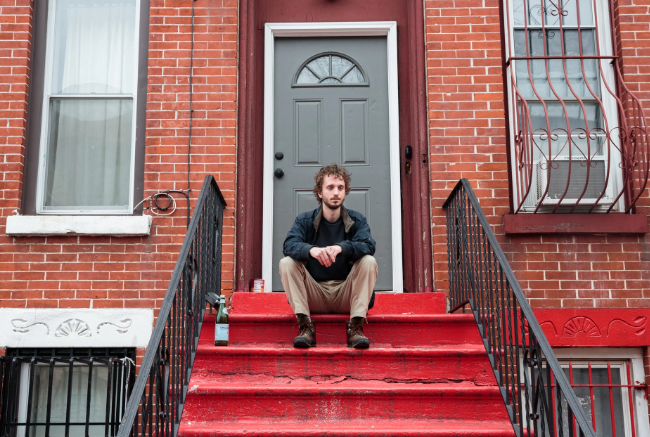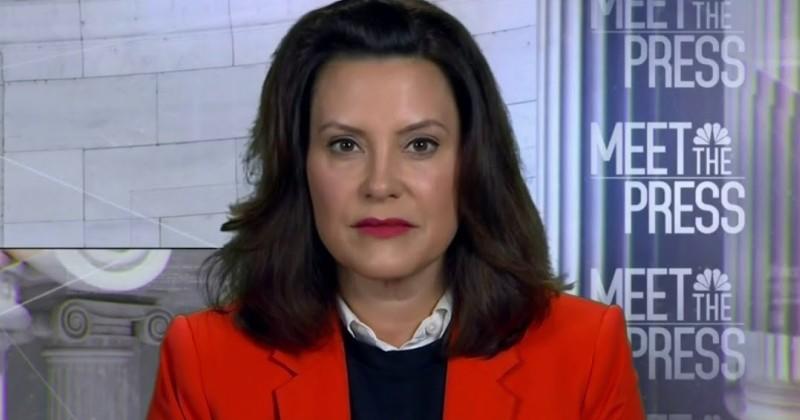Los Angeles regulators will relax rules prohibiting restaurants from selling grocery items after the city’s health department began shutting down dining establishments that were operating as makeshift grocery stores without the required “grocery permit.”
But the picture is still considerably less rosy than the one depicted in yesterday’s report from The Los Angeles Times. The new policy continues to discriminate against restaurants in favor of licensed grocery stores and will make it decidedly more difficult for dining establishments to offer basic goods.
“Public Health is allowing restaurants to offer grocery items as part of their menu for takeout, pickup and delivery,” a department representative told The L.A.Times yesterday.
In other words, it is still illegal for restaurants-turned-grocery stores to operate as any convenience or market does, with patrons permitted to enter the premises and peruse what they have to offer. Customers will only be allowed to grocery shop from those restaurant stores remotely, which is a tougher sell.
“We need to find a way where [they will] let us take walk-in shoppers,” says Robert Kronfli, the co-owner of Bacari PDR. His restaurant-turned-grocery store was forcibly closed by L.A. Public Health on Friday after a public health inspector cited his lack of permit. It was allowed to reopen on Sunday under the new guidance, though he says it hasn’t helped much: “Eighty-eight percent of our revenue was coming from walk-in shoppers. Since they cut it down to delivery and takeout only, our sales have dropped dramatically.”
A crop of restaurants in L.A. recently started offering grocery items—from produce to paper goods—as a way to stay afloat amid COVID-19 and the associated government-enforced social distancing orders that have closed most small businesses. Public health inspectors responded by shuttering those establishments, citing insufficient licensing.
“It’s not really possible for a restaurant to become a grocery store,” Dr. Barbara Ferrer, director of Los Angeles County Public Health, said in a briefing Monday. “You cannot just decide you want to sell groceries.”
But that mandate doesn’t make sense when restaurants are already trained to prioritize food safety, have the space necessary for six feet of social distance, and can allow local residents to avoid traveling to more crowded grocery stores.
“Elderly people in the neighborhood really enjoy coming to Bacari PDR,” Robert Kronfli said yesterday. “It was a super chill shopping environment,” he noted, with “only one or two people in there at once.” That was a welcome reprieve for people who are “afraid to go to large supermarkets right now because of the lines and because of the social distancing thing.”
Restaurants-turned-grocery stores also have access to items like toilet paper and cleaning supplies, which have been noticeably absent from many large chains since COVID-19 began to spread.
Though the city has waived the grocery permit restrictions, it appears that another regulation is hindering Kronfli and those like him from serving their community: Governor Gavin Newsom (D) has prohibited all restaurants from offering dine-in. That shouldn’t be a problem on its face—Kronfli is no longer offering seated dinner service. But in the eyes of California regulators, it also means that restaurants selling groceries can’t allow customers inside their establishments.
According to Kronfli, the head of the L.A. Public Health Department told him that she “didn’t want to go against Newsom’s order and Mayor [Eric] Garcetti’s order that says there should be no collecting of people in dining rooms,” regardless of the fact that grocery chains and convenience stores are operating in the very way that Kronfli would like to.
“We aren’t dining rooms anymore,” said Kronfli. “You have to just look at us as a convenience store—the same way as you’d look at a supermarket.”
That interpretation of California’s social-distancing mandate will be the next hurdle for Kronfli and those like him, though it seems that Mayor Garcetti is on his side.
“I think this is absolutely a time for people to be creative, to relax whatever rules as long as people are operating with safe distancing in critical businesses to help people get food and to help people survive,” Garcetti said at a Friday press briefing. He then deflected to the health department: “That’s my philosophy, but that is a call for County Public Health.”
In that vein, California may be able to adopt the model in place in Texas, which is allowing restaurants to sell bulk retail—permit or not, walk-ins or not.
“A vital part of our COVID-19 response is to ensure that there are readily available supplies of food and resources, whether that is at grocery stores or, in this case, restaurants,” said Governor Greg Abbott (R). “This guidance gives Texans another easily accessible option to buy the food they need to support their families.”
from Latest – Reason.com https://ift.tt/39vC3Ix
via IFTTT
